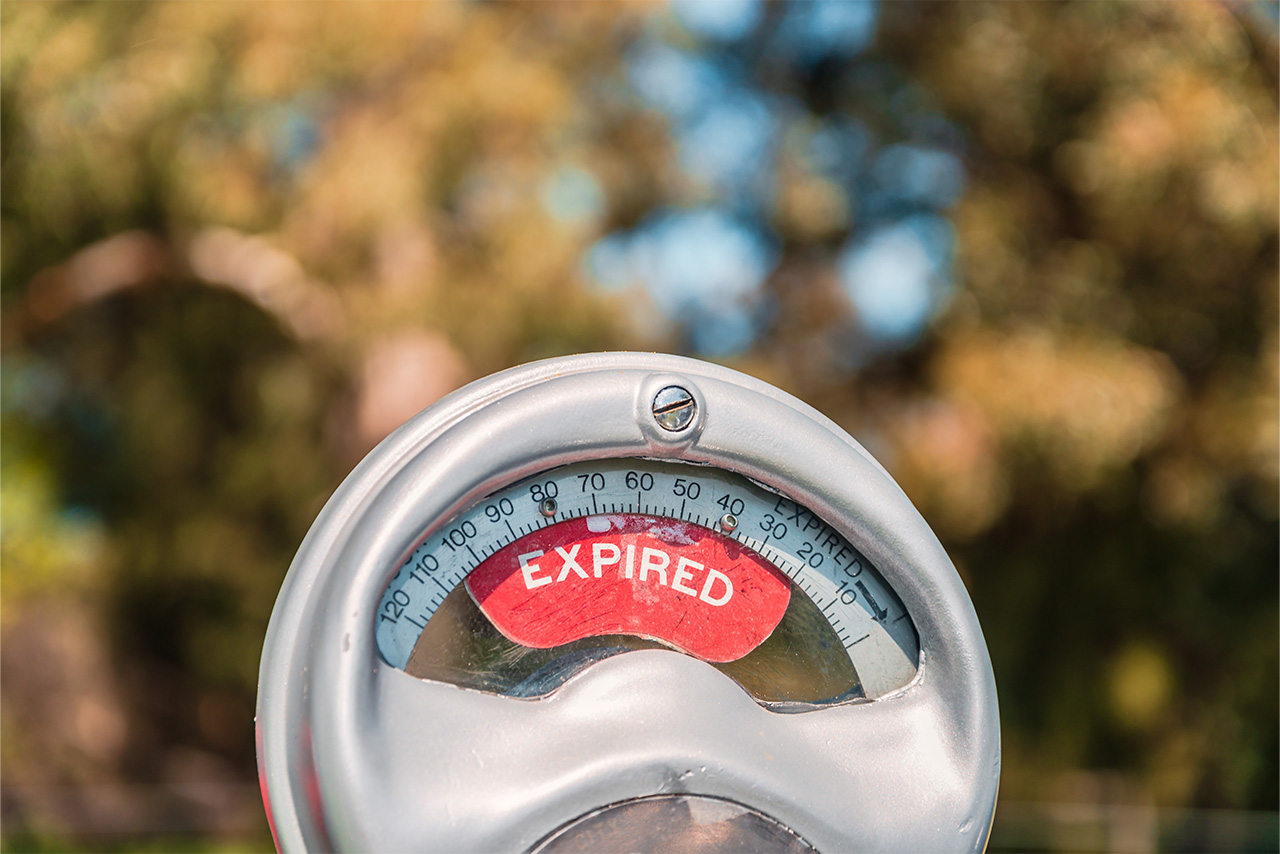Sep 24, 2024 by Mark Dingley
What happens when the technology that keeps your business moving is constantly changing?
In this digital world, change is the only constant. The rapid pace of technological innovation is propelling manufacturers forward, offering opportunities to streamline production, automate more and enhance efficiency.
But with every new innovation, another generation of technology becomes obsolete, bringing a whole raft of challenges for manufacturers: you invest in the latest equipment only to find it is already facing the threat of obsolescence.
So, how do you mitigate the risks of technical obsolescence and keep your business moving?
In this article, we present our top strategies for success, empowering you to take control of your business’s future and avoid the pitfalls of technical obsolescence.

A basic definition of “technical obsolescence” is that a technical product or service is no longer needed, wanted or supported – even though it could still be in working order.
Obsolescence in manufacturing can occur in three primary forms:
Technological advancements have never moved faster, propelled by the rise of automation, the Internet of Things (IOT), and AI. Equipment manufacturers are relentlessly innovating to keep up and provide equipment and software that takes advantage of these advancements and gives manufacturers the latest in efficiency and productivity.
But this isn’t always good news for manufacturers, who simply cannot afford to keep investing in upgrades. Instead, they can find themselves with obsolete equipment and need to scramble to find replacement parts or undertake costly upgrades, which disrupts production lines and supply chains.

Don’t get left behind. With the right planning and strategy, manufacturers can mitigate the risks of technical obsolescence and keep their business moving forward.
Developing a proactive obsolescence management plan is crucial. A report by McKinsey & Company found that effective obsolescence management can lead to significant cost savings of up to 30% in the manufacturing industry.
Regularly review all equipment and software to identify potential obsolescence risks for equipment and components. This means understanding the lifecycle of each component used in your manufacturing processes to work out when you'll need replacements and avoid unplanned disruptions. If you’re unsure, talk to your equipment supplier.
Avoiding technical obsolescence starts with the purchase process: when buying new equipment, always consider the total cost of ownership (TCO).
TCO includes all the costs – both direct and indirect – associated with owning capital assets. It covers the whole life of the equipment, from acquisition through maximising its operation, maintaining its performance, and finally determining when it is the right time to dispose of it. It means assessing the availability of spare parts, maintenance costs over the machine’s expected life, and the risk of technological obsolescence.
.jpg)
Building strong relationships with your equipment provider is crucial. It can help you avoid the impacts of supplier-induced obsolescence. If you’re in regular communication with suppliers, it won’t come as a shock when they discontinue a product: a good supplier will have provided plenty of warning and helped you work through the options. Your equipment provider can also help you source parts and consumables if their equipment becomes obsolete, providing you with the support and reassurance you need in the face of change.
Modular equipment consists of interchangeable and configurable components that can be added, removed, or replaced as needed. With modular equipment, you can upgrade and adapt certain parts of your equipment to modify its functionality, capacity, or compatibility without investing in a complete machine overhaul.
Talk to Matthews about modular designs for label printer applicators, coders and more.
Consider using cloud services for some processes. For example, Matthews iDSnet Cloud is a free online labelling tool that has simplified the process of generating various label types. It allows you to generate and print your compliant tickets, tags and labels all from one platform. Because there’s no need for countless software platforms for different label formats, you can mitigate the risk of tech obsolescence.
Leasing equipment means you can upgrade the asset as new technology becomes available so your business doesn’t stop or slow down. It means your equipment is always up to date with the latest standards, which helps you manage the risk of technical obsolescence.
Adaptability is key in the face of technical obsolescence. Investing in training will keep your operators skilled in new technologies and adaptable to changes. In addition, when your operators know how to use and maintain equipment properly, it can postpone the impacts of obsolescence.
Talk to your equipment supplier about training. Matthews Australasia provides training sessions to give you and your operators the knowledge to maximise equipment performance, reduce costly downtime, improve safety, enhance productivity, and more.

To deal with obsolescence in manufacturing, you need to be proactive. Invest in technology wisely, partner with your equipment providers, and be ready and willing to adapt.